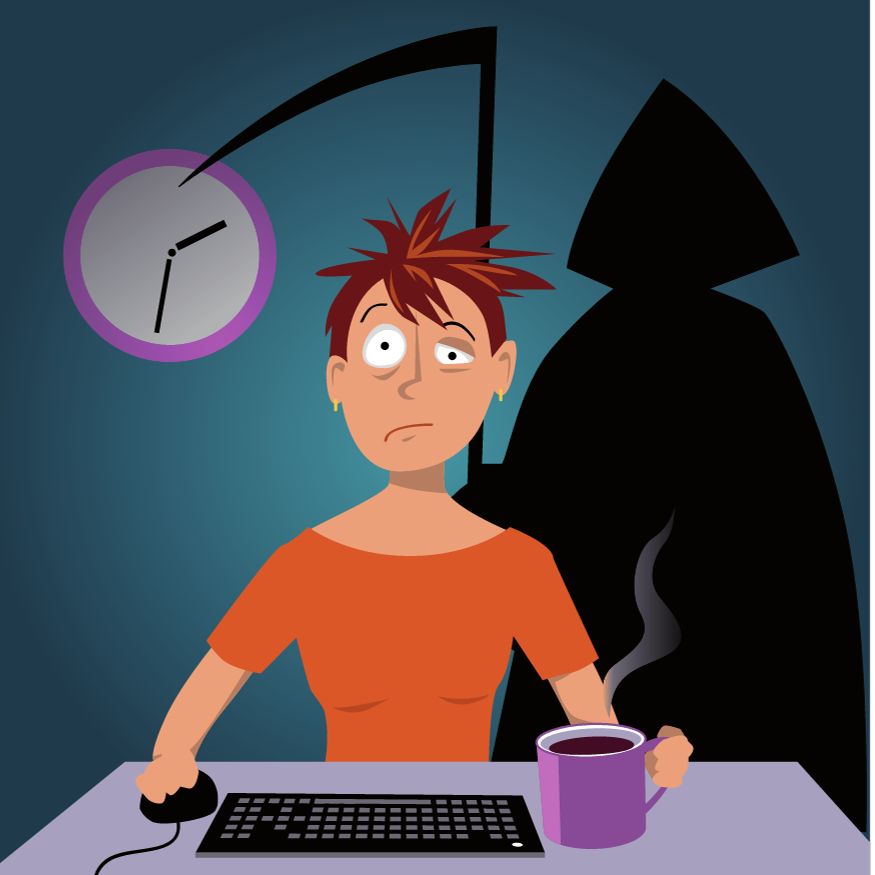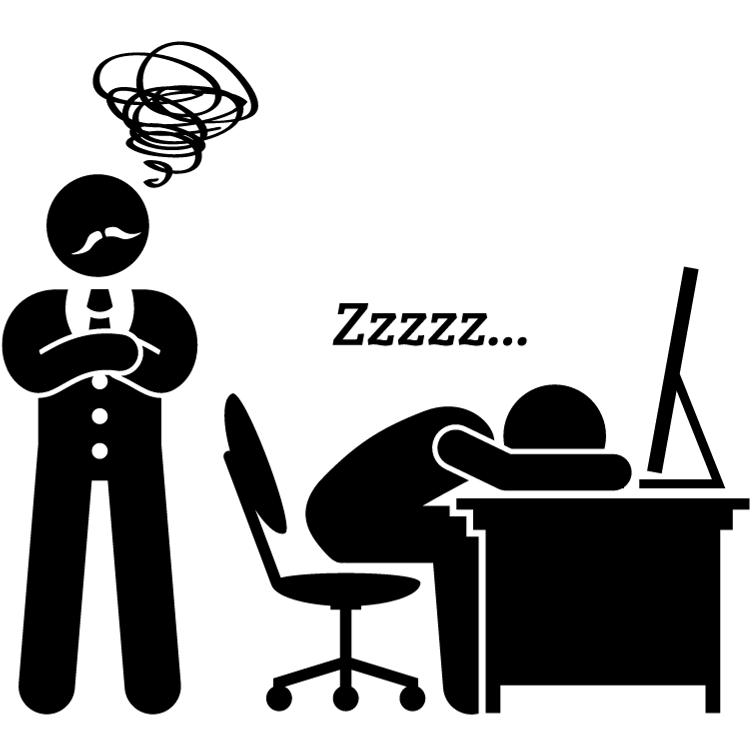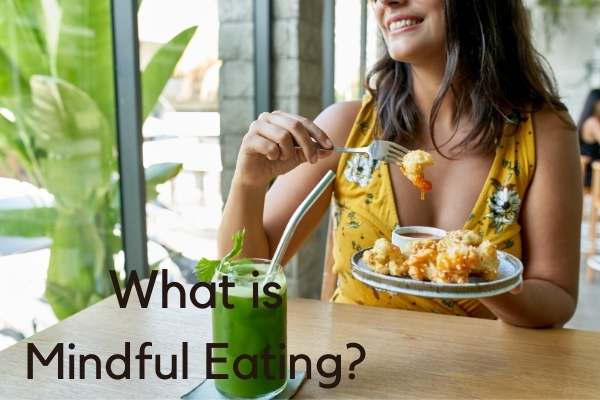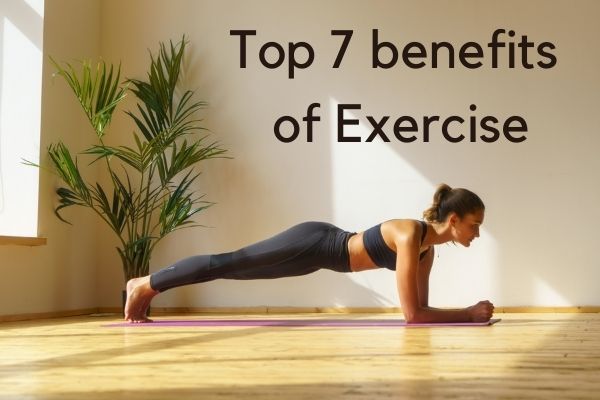Are you working towards an early death?
Australia ranks 32 out of 41 for a healthy work life balance…
Australians are known for their strong work ethic, about 13% of the population work +50 hours per week. These hours are considered ‘very long hours’ by the Organisation for Economic Co-operation and Development.

Work Life Balance – The 888 Rule

Work Life Balance, how to get it right! 10 Tips to Success
What is Work Life Balance?
Work life balance refers to the harmony between one’s professional or work-related activities and their personal life, including family, social, and leisure activities. It’s the ability to effectively manage the demands of a job or career while also dedicating time and energy to other aspects of life, such as relationships, hobbies, relaxation, and personal well-being.
“Achieving work life balance is essential for overall well-being and a fulfilling, healthy life.”
Studies show
Why is work life balance so important?

Work Life Balance, how to get it right! 10 Tips to Success
“Stress is a Cancer”
Work life balance is crucial for preventing or reducing the severity of chronic health conditions – promoting overall well-being. It can help mental and physical health, reduces stress, enhances job satisfaction, and strengthens relationships. A good work life balance enables individuals to lead fulfilling lives, excel at work, and enjoy personal time, ultimately improving the quality of life.
The five biggest dangers of an uneven work life balance
- Burnout: Excessive work without rest can lead to physical and mental exhaustion, resulting in reduced job performance and creativity.
- Health Issues: Imbalanced work-life situations can cause stress-related health problems and unhealthy lifestyle choices, leading to physical and mental health issues.
- Strained Relationships: Neglecting personal life for work can strain relationships with family and friends, causing conflicts and emotional distance.
- Decreased Productivity: Overworking can reduce productivity due to fatigue, lack of focus, and motivation.
- Dissatisfaction and Regret: An imbalanced work-life situation can lead to job dissatisfaction and regret, as you may feel you’re missing out on important life experiences and personal fulfillment.

What’s the 888 Rule?
The “888 rule” is a guideline for balancing your day, ensuring you have enough time for both work and personal life. While this division of time can serve as a helpful structure, it’s essential to remember that life often comes with varying responsibilities and schedules.
Flexibility is key, and the exact allocation of time may differ day-day or week-week based on your individual needs and circumstances. But when evaluated month-month, the thirds should be relatively equal for optimal health.
Strive for a balanced and fulfilling life by giving adequate attention to work, sleep, and personal well-being.
- 8 hours for work: This represents the time you dedicate to your job or career.
- 8 hours for sleep: This is the recommended amount of sleep for most adults to ensure physical and mental well-being.
- 8 hours for rest, relaxation, or hobbies: This time is set aside for leisure activities, spending time with family and friends, pursuing hobbies, and taking care of personal needs outside of work and sleep.
By following the “888 rule,” you aim to achieve a well-rounded and fulfilling life that includes not only productivity and rest but also personal growth and enjoyment through hobbies and relaxation. It’s a simple guideline for time management and work life balance.

Work Life Balance, how to get it right! 10 Tips to Success
Work Life Balance – 10 Tips to Success!
Maintain a Healthy Anti-Inflammatory Lifestyle
Set Boundaries:
- Define your work hours: Clearly establish when your workday begins and ends. Stick to this schedule as closely as possible.
- Create a designated workspace: If you work from home, set up a dedicated workspace that you can leave at the end of the workday to physically separate work from personal life.
Prioritize Tasks:
- Use the Eisenhower Matrix: Categorize tasks into four quadrants based on their importance and urgency. Focus on tasks in the top two quadrants (important and urgent) and delegate or eliminate those in the lower two.
- Time blocking: Allocate specific time blocks for different types of tasks. This helps ensure you dedicate time to your most critical responsibilities.
Learn to Say No:
- Assess your capacity: Be realistic about what you can handle. If you’re already stretched thin, it’s okay to decline additional commitments.
- Offer alternatives: If you need to decline a request, suggest an alternative solution or a different timeframe that might work better for you.
Time Management:
- To-Do Lists: Create daily or weekly to-do lists to organize your tasks. Prioritize the most important tasks at the top.
- Calendar Management: Use a digital or physical calendar to schedule your work and personal activities. Set reminders to keep you on track.

Take Breaks:
- Pomodoro Technique: Work in focused, 25-minute intervals (Pomodoros) with a 5-minute break in between. After four Pomodoros, take a longer break.
- Physical Activity: Use break times to stretch or take short walks. Physical activity can help reduce stress and improve concentration.
Delegate and Outsource:
- At work: Delegate tasks to colleagues or subordinates when possible. Trust your team to handle responsibilities and projects.
- In your personal life: Consider outsourcing tasks like house cleaning, grocery shopping, or home maintenance to free up your time for more meaningful activities.
Quality Over Quantity:
- Focus on results: Emphasize the quality and impact of your work rather than the number of hours you put in. Efficient, high-quality work can often be accomplished in less time.
- Avoid overworking: Understand that constantly working long hours can lead to burnout and reduced productivity, ultimately affecting the quality of your work.
Unplug:
- Set tech-free times: Designate specific times during your personal life when you disconnect from work-related emails, messages, and calls. This allows you to fully unwind and recharge.
- Create boundaries: Establish “no-screen” zones in your home, such as the bedroom or dining area, to prevent work-related distractions.

The Best Treatment is Prevention – Work Life Balance
Self-Care:
- Exercise: Regular physical activity is essential for maintaining both physical and mental well-being. Find a form of exercise you enjoy and make it a regular part of your routine.
- Mindfulness and meditation: These practices can help reduce stress and improve your overall mental health. Even just a few minutes of mindfulness each day can make a difference.
- Pursue hobbies: Engaging in hobbies and interests outside of work provides an outlet for creativity and relaxation. Dedicate time to activities you’re passionate about.
Communicate with Your Employer:
- Address workload: If you find your work demands are consistently affecting your work-life balance, have an open and honest conversation with your employer or supervisor. They may be able to adjust your workload or provide support.
- Explore flexible work options: Inquire about flexible work arrangements, such as remote work or adjusted hours, if they can better accommodate your work-life balance needs.
Work Life Balance Conclusion
These strategies can help you establish a framework for better work-life balance. Remember that the key is to be consistent and flexible in applying these strategies to suit your specific needs and responsibilities. Work-life balance is an ongoing process, and adjustments may be necessary as circumstances change.




